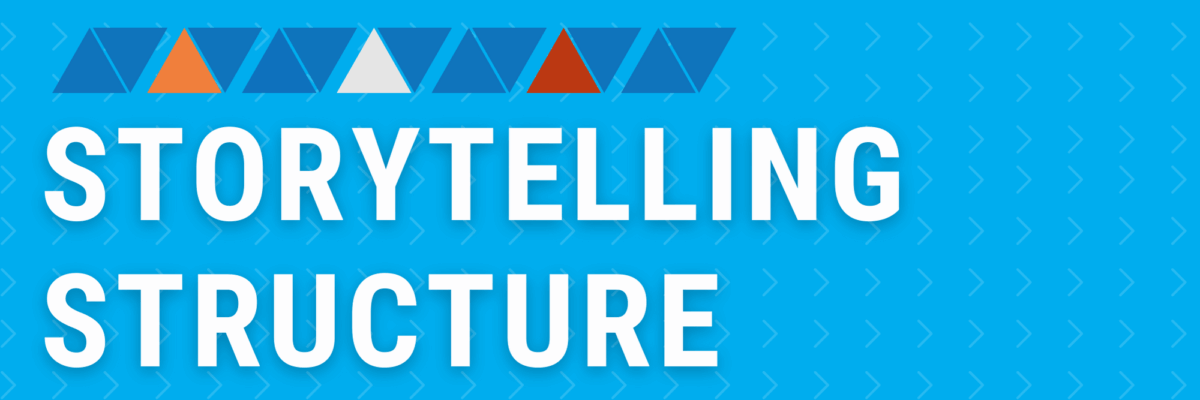Storytelling Structure
Those of us coming from academic backgrounds were trained in a very specific method of data storytelling:
You start with your background.
Then you proceed through your literature review.
You lay out your hypothesis,
your study design,
the labored details of your data collection,
and analytical methods.
On page 25, we finally get to something resembling a conclusion.
It’s a storytelling structure suitable for a journal article.
Which makes sense – it’s academia’s job to produce more academics. All our professors knew was to follow the journal beat.
But then most of us left academia and got jobs out here in the wild without anyone ever clueing us in that the storytelling method we were trained on wouldn’t translate.
That’s why I get questions like this one, that came from Roberto:
Is it recommended to start presenting data from a high level standpoint and then go into details if needed or go the other way?
The question shows me that Roberto’s gotten clues that the academic way of storytelling isn’t working. The question shows that Roberto knows there are at least two ways to go about this. When we get that little whisper of “I don’t think this is right” we should listen.
The academic model is to start wide, with all your background, and, some time later, reach a point.
Out here in the wild, your boss wants the opposite. She wants you to start with the point. That’s what values her time.

The academic storytelling structure is designed to provide a platform where you can demonstrate your credibility – through careful explanation of how in touch you are with the literature and how thoughtfully you constructed your sample and so on.
This is how you show you know your stuff because you’re telling your story to a bunch of readers who don’t know who the heck you are.
But you got hired out here in the wild because you know your stuff. You don’t have to convince anyone that you’re qualified. Your boss knows – that’s why you got invited to the meeting.
Now, your boss surely wants you to have done your due diligence. She likely expects that you’ve used the appropriate analysis and documented your steps. But she doesn’t want to hear about them – at least, not at first.
So when you’re stepping from the academic world into any other space, take the important inversion: flip the way you talk about your data.
Start with your bottom line.
Explain out from there – if you need to at all.
Chances are, your boss is going to want to get into the implications of your story, rather the details of how you got there (unless your news is bad – then you’ll hear questions about how your got to your conclusions, so stay prepared with your careful documentation.)
No one wants to see how the sausage gets made.
When you start with the bottom line, decision-makers can do their job. When you start with your academic details, you’re asking decision-makers to become analysts along with you. And they might. But they’ll get annoyed by you in the process. And that ain’t how ya get a raise.
PS. I don’t know who created the original diagram that inspired mine, here. I saw it on Twitter, posted by a person at a conference who took a photo of a presenter’s slide. If you know the original author of this graphic (or a version of it) let me know, yeah?


